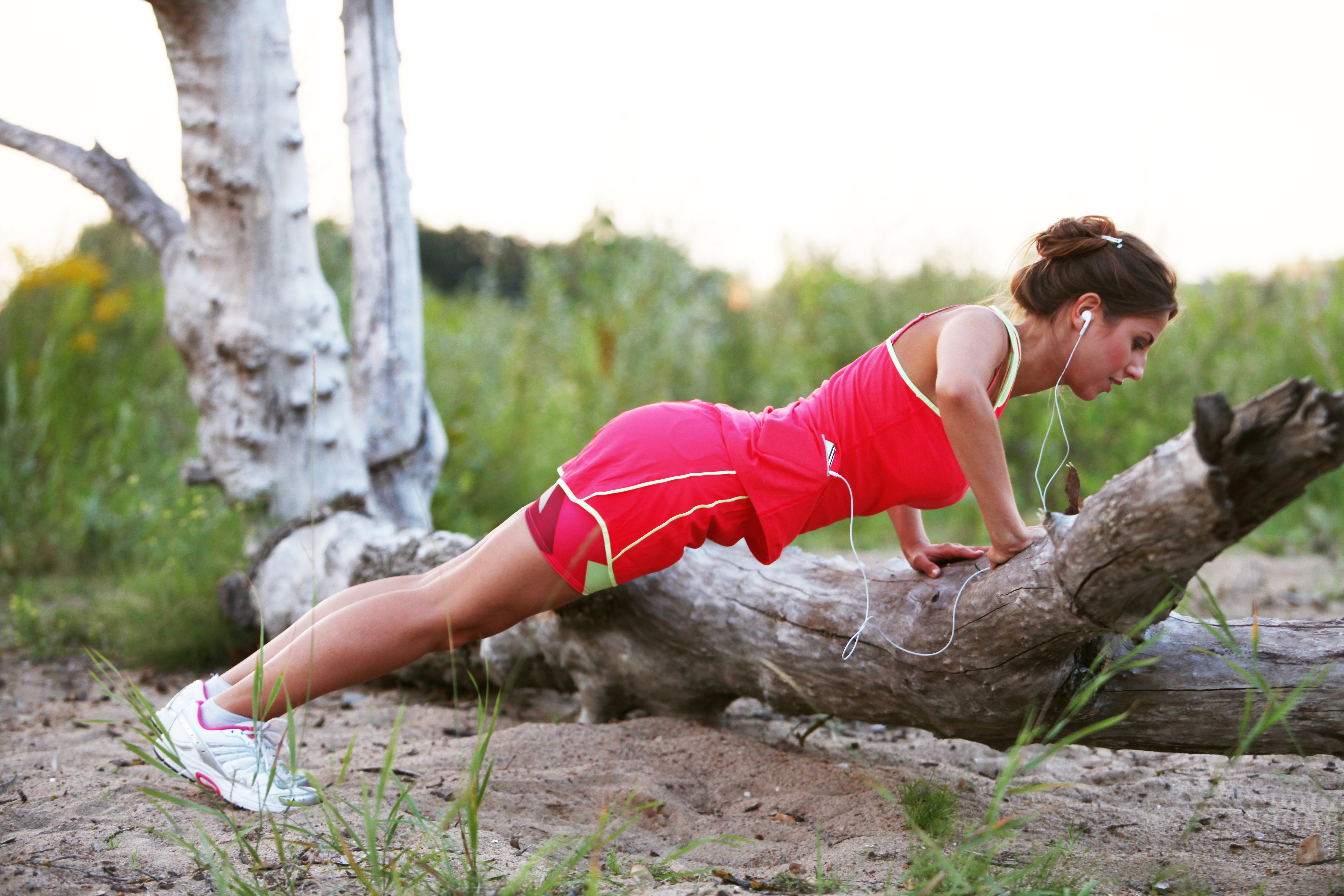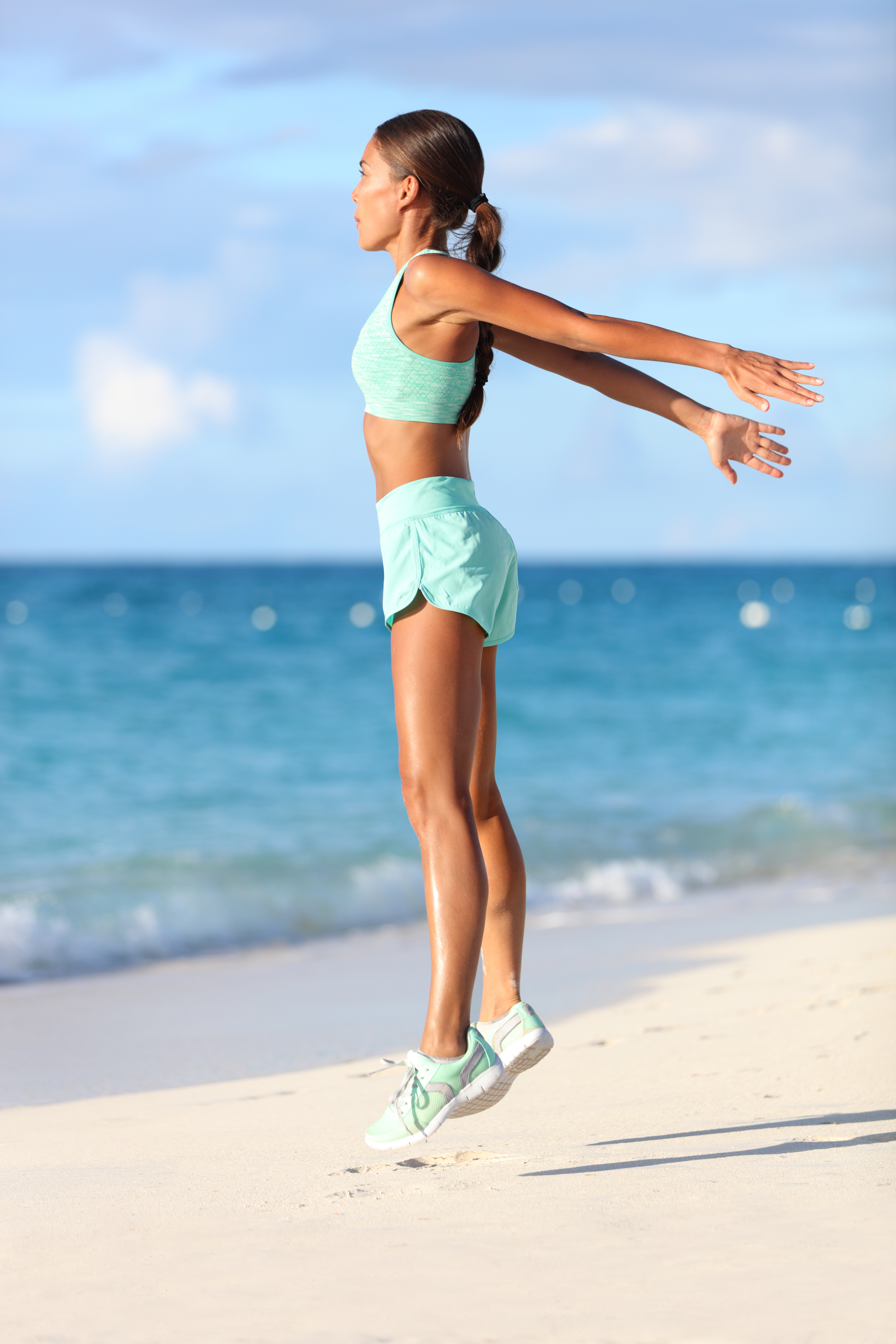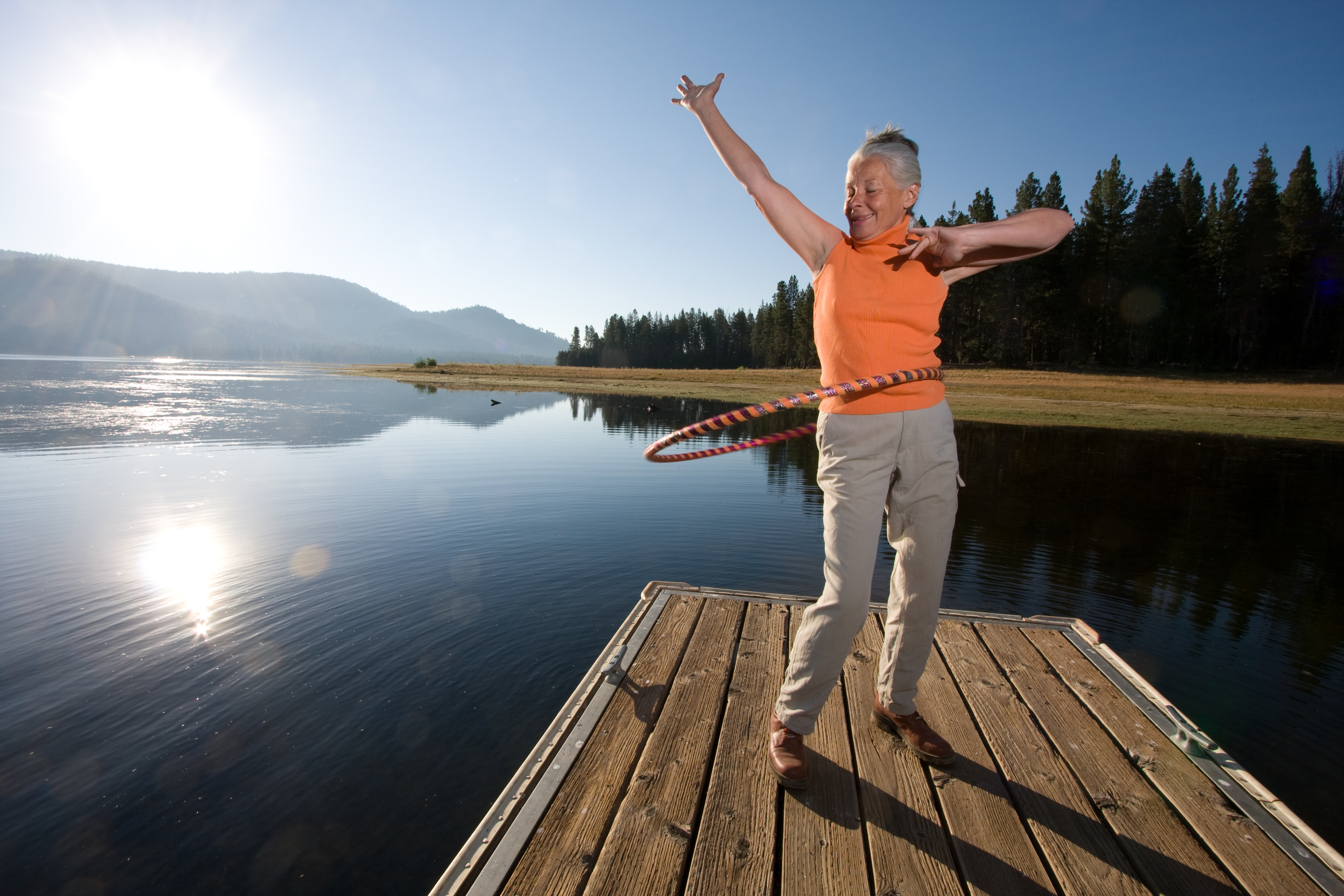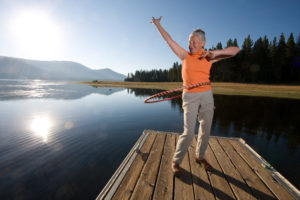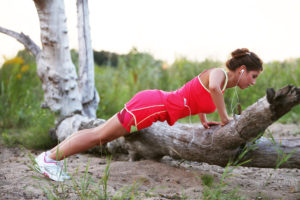
What do you do when you’re on vacation and there’s no gym for miles around? You do a bodyweight workout, of course! Bodyweight exercises can build strength, but they mainly boost muscle endurance. However, you can modify bodyweight exercises to make them more challenging. With a few modifications, they can provide the progressive overload your muscles need to grow in size and strength. Plus, bodyweight workouts are ideal when you’re trying to stay fit with no equipment around. In fact, you can put together a quick but effective circuit workout that uses only your own bodyweight.
You can even kick the fitness benefits up a notch by adding cardio between bodyweight movements to elevate your heart rate and keep it high throughout your workout. Who doesn’t love cardio and strength rolled into a single, time-expedient session? Ready to get started?
Build a Bodyweight Circuit Workout
You can easily design a bodyweight workout for days you don’t have access to exercise equipment. The best equipment-free options for building strength/muscle endurance are triceps dips, push-ups, planks, and deep squats. If you don’t have weights available for squats, going deeper into the squat will make the exercise more effective. It’s helpful to have a chair or table to support your hands when you do triceps dips.
To keep your heart rate up, choose a cardio exercise to do between each bodyweight exercise. Cardio movements you can do with limited space include jumping jacks, butt kicks, high knees, squat jumps, mountain climbers, and burpees. For variety, alternate between the cardio exercises. These exercises provide cardiovascular benefits and an additional calorie burn.
Now, Get Started!
Once you’ve chosen your exercises, warm up by doing 5 minutes of dynamic exercises that stretch the muscles you’ll be working. The warm-up will also elevate your heart rate and raise your core body temperature. Never work muscles that are cold. After the warm-up, cycle through your chosen exercises. First, do 30 seconds of a bodyweight exercise. Then, 30 seconds of a cardio movement. Keep cycling back and forth through the exercises until at least 10 minutes have elapsed. If you’re doing the exercises with intensity, 15 minutes is enough to offer benefits. Once the workout is over, do a 5- minute cool down by doing the same exercise you did during the warm-up at an even lower intensity. With the warm-up and cool down, the entire workout should take around 20 minutes.
Since you’re not resting between exercises, you don’t need to exercise for 30 minutes or longer. Intensity matters more than duration for improving your fitness level. That’s why there’s a movement toward shorter workouts that are more intense. In fact, studies now show that more vigorous workouts are better for enhancing cardiovascular fitness than moderate-intensity exercise that’s longer in duration.
Benefits of Doing Bodyweight Circuits
The biggest benefit of bodyweight circuits is you are your own gym! No one can deny the benefits of using weights but when they aren’t available, you can always fire up a bodyweight circuit and get in shape wherever you are. This type of workout offers variety too. You choose the bodyweight and cardio exercises you use for your circuits.
The Bottom Line
Bodyweight circuits should dispel the notion that you need an expensive gym membership or fancy equipment to get a workout. Now, you have no excuse to skip a workout when you’re on vacation. You don’t even need much space to build muscle endurance and work your entire body. Keep this in mind when you travel but be prepared to sweat! Bodyweight circuits are fast-paced, sweaty endeavors, but they’re over before you know it! So, what are you waiting for?
References:
On Fitness. September/October 2011.
ACSM’s Health & Fitness Journal: May/June 2013 – Volume 17 – Issue 3 – p 8-13. doi: 10.1249/FIT.0b013e31828cb1e8.
Mayo Clinic. “Is Body Weight Training Effective as a Strength Training Exercise?
